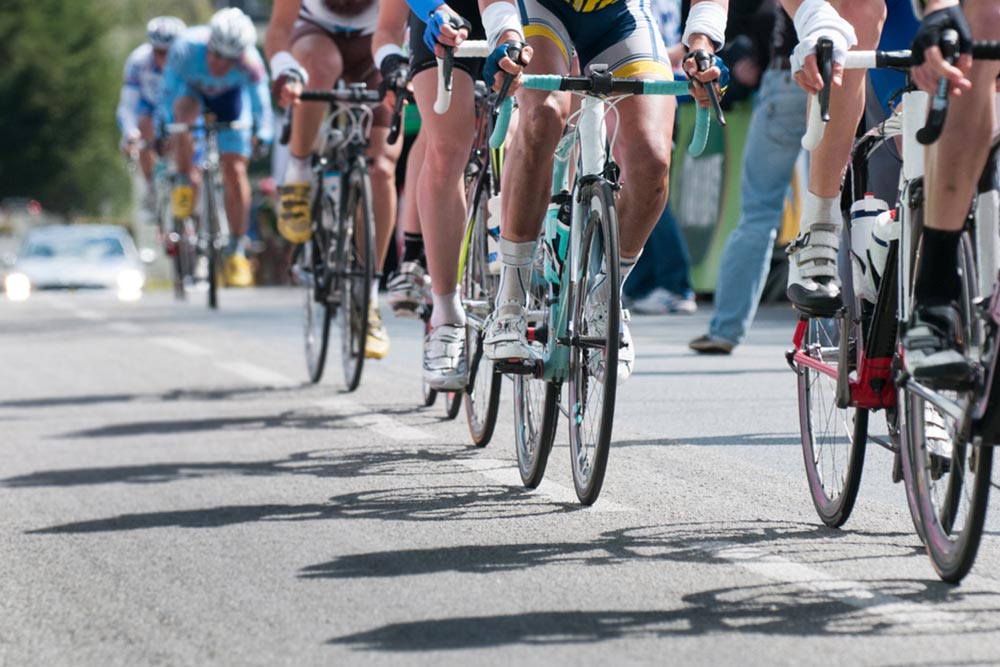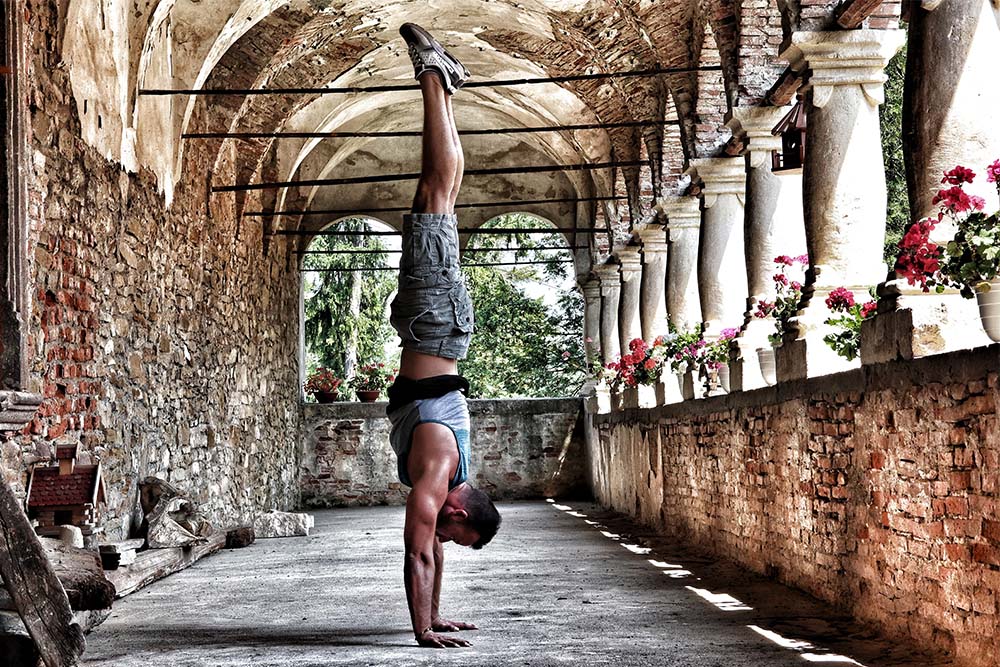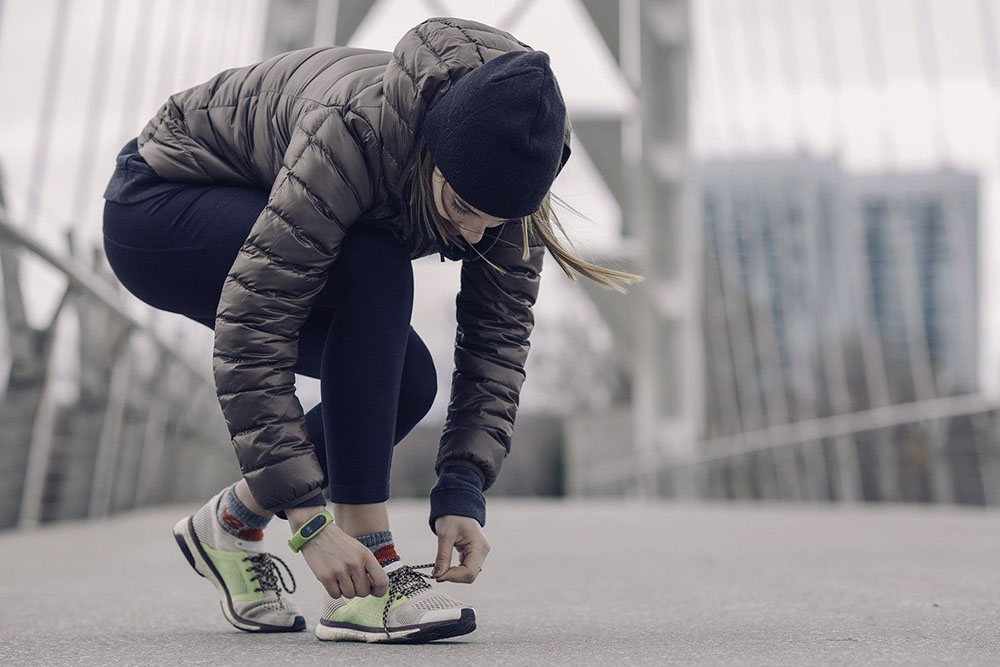Developing a Body for Sport and Life

Evan Stevens
Based on a talk by Andy O’Brien at Take Control of Your Health/Wellness – Exercise Nutrition Symposium, University of Western Ontario
Ever wonder what it takes to become the best at a sport? To achieve Olympic greatness or win a major league title? Mr. O’Brien knows how. He is a professional trainer and has trained the likes of Dana Torres, Sidney Crosby, Patrick Chan, and many more. He now is the director of Sport Science/Performance with the Pittsburgh Penguins. He is an expert in the field of sport science, and is not just some gym trainer – he uses science and modelling to track and improve on athlete’s success.
Mr. O’Brien says that the most important factor that athletes, trainers and coaches need to take into account is the context of their sport. The sport dictates the exercise; what works for one sport, and may be a good all-around exercise for health may provide nothing to improve on another sport. Improving a vertical jump height for hockey players is meaningless because they don’t need to perform that action. Leg strength is very important for hockey players (speed/power), but movement is horizontal. Conversely, getting basketball players to perform cross over lateral leg explosions (side to side one leg hops as if doing a skating cross over) isn’t as important as the vertical jump. He also says that coaches and trainers need to go a step further and contextualize the exercises to the athlete, not the other way around. Mr. O’Brien used the example of a push sprinter vs a pull sprinter. One is pushing themselves forward along the track (Usain Bolt), the other pulling them along the track (Tyson Gay). Each athlete has come into an optimal running technique for themselves and rather than try and get them to fit into a specific training model, Mr. O’Brien says that coaches need to get a training model together that will fit the athlete.
Team sports present an even greater challenge for contextualizing sport and data into training regimes. There are so many more variables that go into training specific athletes but also supporting them to thrive together. This had led to the development of advanced key performance indicators (KPIs) that are data variables that keep track of the specific athlete. Mr. O’Brien uses a tier system ranging from the number of puck touches, hits, and shots, to more advance analytics such as amount/degree of upper and lower body separation, lean angles, quality of sleep, number of accelerations, speed of accelerations and so on. Field sports are able to track a lot of metrics using GPS – such as running distance and acceleration rates, and can make substitutions on the fly based on how the athlete’s measurements are holding up compared to the start of the game. Tracking athletes allows coaches and trainers to not only see who is tired and who is fresh, but is being used to predict when injuries may occur. If an athlete’s analytics are decreased from where they normally are, on a consistent, several day basis, Mr. O’Brien says he can almost guarantee that the athlete will get injured the next game. This prediction allows teams to either rest the player or risk it, as well as open up avenues of discussion with players and trainers. In league sports where there is a lot of travel, sleeping problems are common and can contribute to altered KPIs. If sleep is something that the trainers are able to chart, they can notify the player and the organization they need to work on their sleeping habits or can prescribe help to get back to a regular sleeping regime.
Related Post: Those who run together, stay together. The relationship between physical activity and social engagement.
Take Aways:
- Training needs to be contextualized
- All athletes are different, just as all sports are different
- Need to develop exercises and training regimes that are within the context of that specific sport
- We now have the ability to track in real-time KPIs
- KPIs inform athletes, coaches, trainers, how well they are doing, where they need to get better, and an up-to-the minute status of the athlete.
Related Post: High Intensity Interval Training: A More Efficient Way to Train Your Body and Brain










